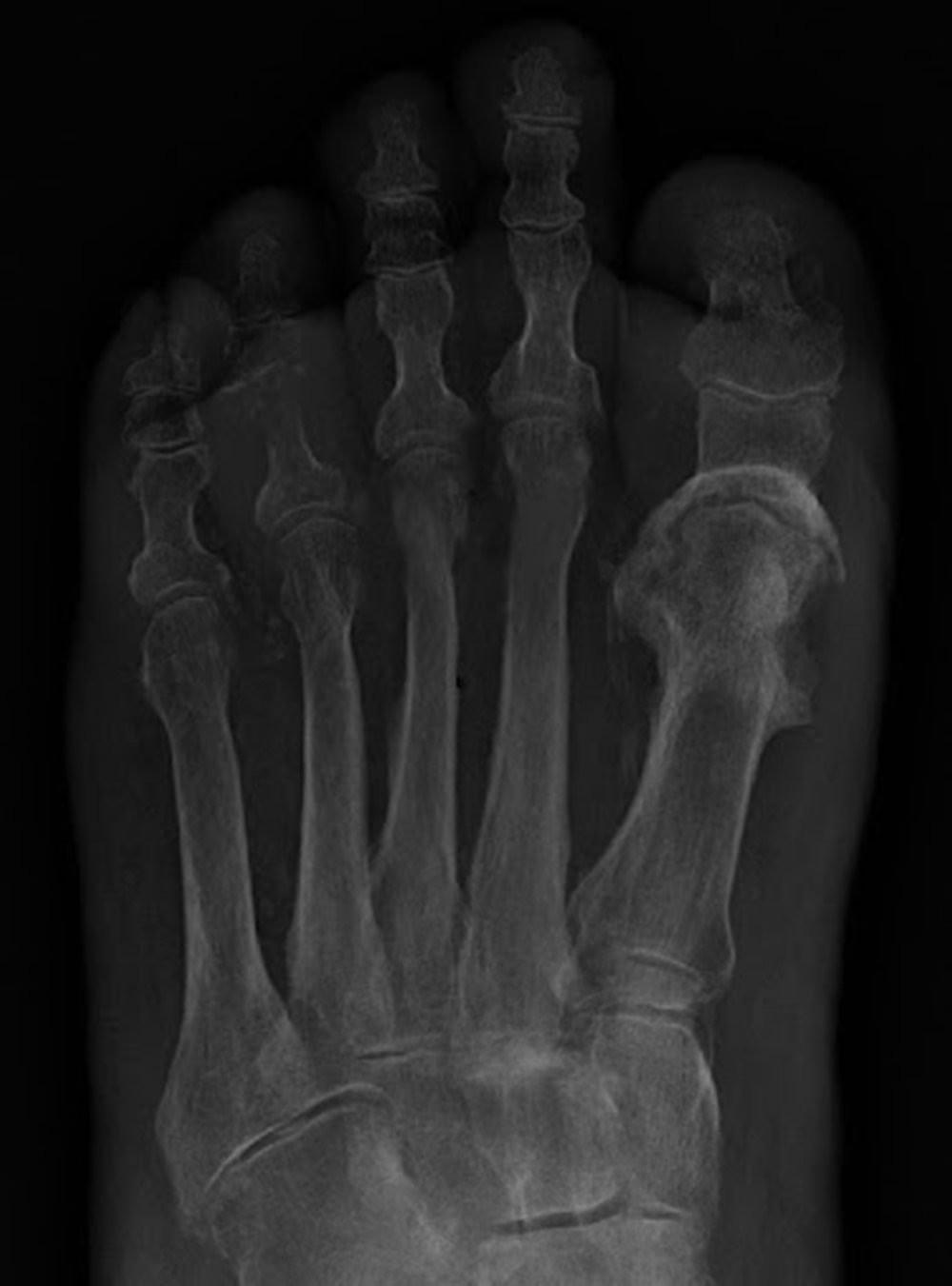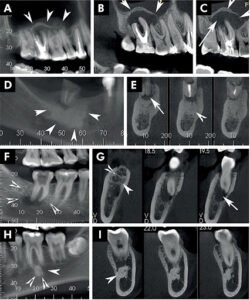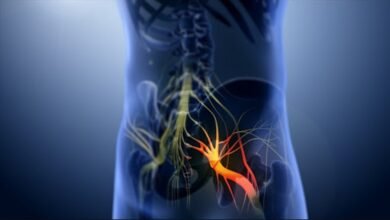
You’ve probably heard of the disease osteomyelitis or bone inflammation before.
It is typically a bacterial bone infection that affects both adults and children.
Even though it was incurable in the past, now proper surgical interventions provide successful treatment solutions.
Read along so you can learn more about its symptoms, causes, and methods of treatment.
What is osteomyelitis?
It is a rare but alarming disease since it affects the bones and the soft tissue inside, called Bone Marrow.
It causes inflammation and swelling, which compress the blood vessels in the surrounding area.
Sometimes, the swelling may progress to cut off the blood supply to the affected area causing bone and marrow death.
Causes
Most cases of the disease are caused by; Staphylococcus bacteria.
This type of bacteria is; one of the germs naturally present on the skin surface and nasal cavity in healthy individuals.
But how can the bacteria reach the bones?
How bacteria reach the bones
There are several ways by which bacteria can reach the bones, for example, through the bloodstream, injuries, or various surgeries.
Let’s review them in more detail.
Blood Stream
Blood reaches everywhere in the body; To provide it with the nutrition necessary for cell survival.
Unfortunately, it may also transfer bacteria from other infected areas in the body to the bones.
For example;
The blood may carry bacteria to the bones from
- The lungs, in the case of pneumonia or
- Bladder, in the case of a urinary tract infection.
Injuries
Severe puncture wounds expose nearby bones to contamination and open a path for infection, such as a recent dog bite or a deep nail puncture.
Here the infection is transmitted to the bone through the contaminated tissue surrounding it.
However, the bone itself may be directly contaminated if a severe fracture occurred, and the bones themselves came out of the skin.
Direct contamination also occurs if; the bones came in contact with contaminated metal parts, such as joint replacement.
Surgeries
Direct contamination with germs can occur during joint replacement surgery or fracture repair.
Who is at a higher risk for osteomyelitis?
As mentioned earlier, this disease is somewhat rare, as it affects only two out of every ten thousand people.
Chances of infection increase in the following cases:
- Diabetes (due to frequent feet ulcers).
- Kidney failure.
- Sickle cell anemia.
- Rheumatoid arthritis.
- HIV, and AIDS.
- Intravenous drug use.
- Long-term use of steroids.
- Smokers.
Symptoms
Symptoms of acute and chronic osteomyelitis do not differ from each other, as they include:
- Fever.
- Nausea.
- Swelling, redness, or warmth in the affected area.
- General fatigue.
- Pain in the affected area (osteomyelitis of the vertebrae causes severe back pain, especially at night).
The infection may have no symptoms or overlap with other symptoms, especially in children or older adults with immune diseases.
Diagnosis
Special attention must be given to accurate diagnosis since it is the first stage of successful treatment.
Diagnosis includes several stages, such as:
Clinical examination
The doctor examines the affected part and checks for the presence of pain, swelling, redness, or warmth.
Blood tests
There are no tests that confirm the presence of infection.
However, it helps determine the level of inflammation by providing the white blood cell count.
Further, if osteomyelitis was due to a blood infection, the analysis identifies the causative pathogen.
Imaging tests
Results of these tests vary according to the type of rays and the devices used.
X-rays
X-rays reveal bone damage, but they are only effective if the injury has been several weeks old.
If the injury was recent, more detailed imaging tests are needed.
Magnetic resonance imaging (MRI)
Magnetic rays visualize the bones and the soft tissues around them in a more detailed and accurate way.
Bone biopsy
A bone biopsy enables the doctor to determine the type of bacteria causing the infection and, later, to choose the antibiotic that will be most effective.
There are two methods of bone biopsy:
- The first is the open biopsy, which requires general anesthesia and surgery to access the bone.
- The second is needle biopsy, where the surgeon uses a long needle through the skin and into the bone to take the biopsy. This method requires only local anesthesia.
Osteomyelitis of the jaws

Osteomyelitis of the jaws is common in oral and dental clinics.
It occurs typically due to severe dental infections.
Despite the vast development in dentistry and the extensive development of antibiotics, treatment methods for this disease have not changed since seventy years ago.
Treatment consists of extracting the affected teeth, removing the affected or dead jawbones, and replacing them with other viable bones with intensive doses of antibiotics.
Pediatric osteomyelitis
Children usually have an infection of hematogenous origin.
Children’s bones are fast-growing, so they receive an abundant blood supply to keep up with their growth rate.
Hence this gives a greater chance for bacteria in the blood to reach the bones and cause an infection.
Chronic osteomyelitis
Chronic osteomyelitis is a severe and persistent infection, so it makes it difficult to treat.
This condition also occurs due to inadequate treatment of acute osteomyelitis.
Osteomyelitis treatment
The most common treatment is surgery to remove the affected or dead part of the bone and surrounding tissue.
The doctor usually removes a portion of the healthy bone surrounding the infection to; ensure that the affected area is permanently removed.
During surgery, the doctor makes sure that the blood supply to the bones is restored.
Moreover, surgery is followed by effective antibiotics against the causative bacteria that were previously identified by bone biopsy.
Antibiotics are given intravenously for at least six weeks and are followed by oral antibiotics.
In conclusion, osteomyelitis may appear to be a great challenge, but this does not mean that it is uncurable.
Prompt, accurate diagnosis can help limit the spread of infection to larger bone areas.
So, please, do not underestimate any wound or infection and take care of its cleanliness to avoid serious, undesired complications.



